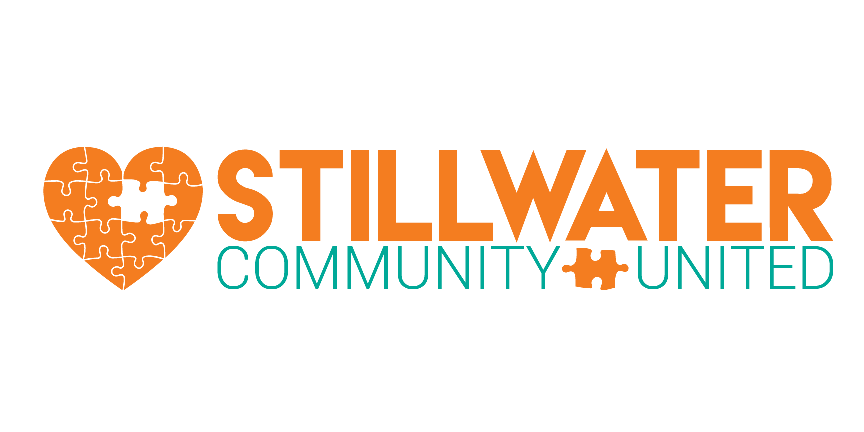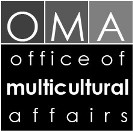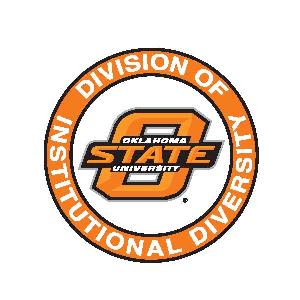Civil Rights and Equality: A Pulitzer Prize Centennial Series
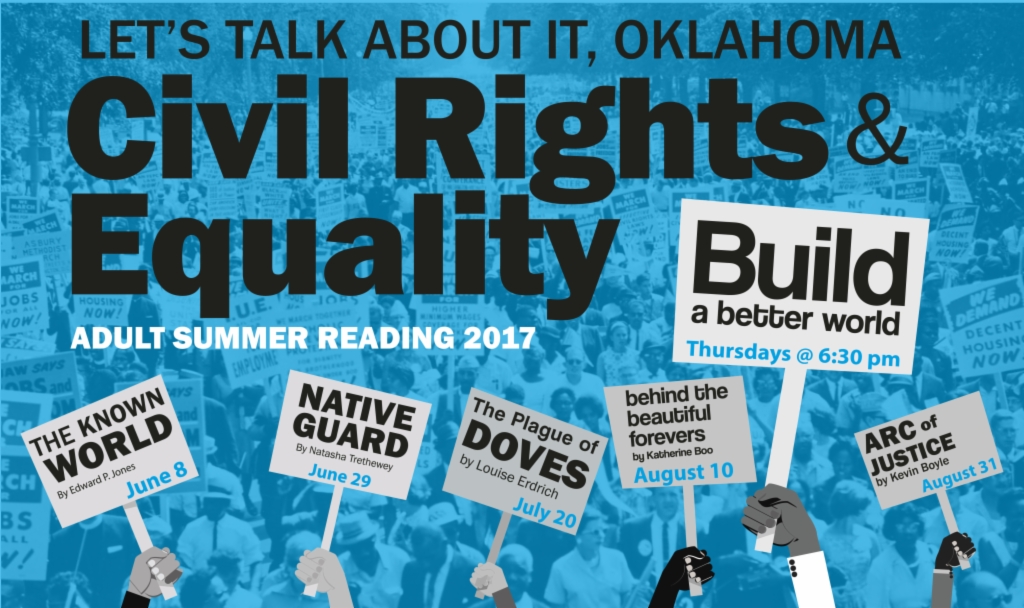
Register: Sign up and pick up your first book by visiting the Help Desk in person.
All programs take place on Thursdays at 6:30 p.m. and last about 2 hours. Read more about the theme and books on the Oklahoma Humanities site.
END OF SERIES PRIZES: Everyone who reads and attends the program for AT LEAST 3 of the 5 books will be netered into a drawing for two Town & Gown season pass and two OSU Allied Arts season passes!
|
June 8 - The Known World by Edward P. Jones Jones’ well researched historical novel weaves together different time sequences and family histories as it follows the story of former slave Henry Townsend in early 19th century Virginia. Having learned a model for accessing success from the most powerful white man in Manchester County, Townsend works to buy his own plantation and his own slaves in an attempt to distance himself from his unequal past and participate in a local version of the American Dream. Later, his wife has to manage the farm and move forward, reconciling her own ethics and those reflected in her husbands’ decisions. This engaging novel shakes up our assumptions about the antebellum world and raises important questions about ambition, power, identity, race, and property—and the consequences that come with the decisions made in regards to them. Fans of Toni Morrison’s historical novel Beloved might find parallels in Jones’ storytelling style: rich, historical detail; a non-linear structure that weaves the present and past together to test the limits of memory and our choices in a given moment; hints of the supernatural appearing in everyday settings; and strong, complex characters with moral questions to unravel. Popular cultural commentator Ta-Nehisi Coates calls for “collective introspection” in our reckoning with American history, that we see the direct lines between the institution of slavery, later patterns of racial segregation and “red-lining,” and the current policies that maintain systems of inequality. Jones’ novel shows that the history of slavery is more complicated than we sometimes remember. When free blacks own other people of their own race, or enact violence on them as overseers, what systems of inequality are entrenched in the culture to perpetuate group self-exploitation? When economic and social advantage can only be gained through immoral means, how can one truly find equality in that system? |
|||
|
June 29 - Native Guard by Natasha Tretheway Poems are seldom included in the “Let’s Talk About It, Oklahoma” series; however, poems often provide powerful meditations on a theme, and meditating together on such themes holds the possibility of enriching the community engaged in mutual exploration. Natasha Tretheway, one of the finest living poets in the U.S., offers an accessible collection of related poems that explore her own childhood history in the South alongside an exploration of the history of the Louisiana “Native Guard,” an African American branch of the National Guard that served the state during the Civil War. These explorations are framed by the opening poem, which establishes the poet’s road trip back to the Gulf Coast as she embarks on a trip that evokes her own family’s past in the region as well as engages her in historical research. Domestic violence and historical injustice stand side-by-side for Tretheway in this region, both needing to be reckoned with, and evoked in such titles as “Scenes from a Documentary History of Mississippi,” “Miscegenation,” and “My Mother Dreams Another Country.” As she warns from the book’s opening lines, “You can get there from here, though/there’s no going home.” Readers follow the poet’s journey through memory and our larger shared histories as she processes it all through lyrical language and rich images. Readers not accustomed to poetry may find themselves challenged, but through discussion may also find themselves gaining from others’ interpretations. |
|||
|
July 20 - A Plague of Doves by Louise Erdrich As in all of her novels, Erdrich weaves together multiple perspectives and generational views, excavating the powerful ways that a shared multiethnic history ripples into our current lives and relationships. Likewise, the novel displays Erdrich’s trademark blend of tragic circumstances and light comic moments. The premise at the root of the story is the unsolved murder of a 19th-century North Dakota farm family, wrongly blamed on some nearby members of the Ojibwa tribe, who paid for the accusation with their lives. One of the book’s multiple narrators, a mixed Ojibwa/white teenage girl, serves as the modern day perspective in a three-part narrative, naively processing along with us her grandfather’s tribal understanding and a judge’s knowledge of the local history. Together the three gradually bring to light the story’s real fabric, both the smooth romantic ties and the historically uneasiness knots of which American history is woven. The word “justice” appears many times throughout the novel, which offers meditations on the nature of justice in human society, in tribal culture, and in families. It seems a slippery, uncontrollable concept in the end, since, after all, “justice is prey to unknown dreams.” |
|||
|
Aug. 10 - Behind the Beautiful Forevers: Life, Death and Hope in a Mumbai Undercity by Katherine Boo Boo’s book tells the true story of a family who lives in the slums of Mumbai, India, taking the discussion of civil rights into an international context. The family’s home stands in sight of the city’s luxury hotels, and the income inequality gaps ebb and flow along with the global economy . . . who would think that the 2008 U.S. mortgage crisis that sent our economy into a tailspin would affect the income opportunities for trash recyclers living in impromptu slum housing across the globe? Based on ethnographic research and extensive interviews with residents of Mumbai’s “squat” neighborhoods, Boo’s descriptions of the people and settings are compelling, full of pathos and honesty about the ugliness of struggling for survival as well as the small glimmers of happiness available to anyone with the right outlook. The community comes to life through her rich storytelling, particularly the central plot element of the Husain family’s embroilment in a crime they did not commit. Its unfolding raises questions about justice, corruption, opportunity, economic progress and gentrification, and discrimination based on religion, caste, and gender. As Boo writes about her research process and the reasons for writing the book, “To me, becoming attached to a country involves pressing uncomfortable questions about justice and opportunity for its least powerful citizens. The better one knows those people, the greater the compulsion to press.” Reading Behind the Beautiful Forevers teaches us much about another culture, but also forces us to reflect on relative privilege and raises questions about parallel issues in our culture: to what extent are societies connected and indebted to one another in an increasingly shrinking world? |
|||
|
Aug. 31 - The Arc of Justice: A Saga of Race, Civil Rights, and Murder in the Jazz Age by Kevin Boyle This work of engrossing nonfiction follows the story of a young African American doctor named Ossian Sweet, who sought to buy a house in a majority-white neighborhood in Michigan and was resisted by the existing residents. Kevin Boyle, an excellent researcher, writes like a novelist and tells a compelling story of some of our more shameful cultural impulses. He deftly intertwines man’s personal history (and the legal case that grew out of a hazy incident of violence) with larger issues of race and the national epidemic of racial violence in the period, like the 1921 incident in Tulsa. Sweet’s own story follows that of many young, ambitious African Americans who were engaged in the project of “racial uplift” in the early twentieth century, as he worked his way from the rural south to the urban north, through formal education and new opportunities. Unfortunately, the story includes the backlash against such ambition, as it was felt in his life and all over communities where African Americans were attempting to integrate into a less segregated set of professional and residential options. However, the story ends with hope and an account of the new activism that created protections against such civil discrimination. |
Sponsors:
Books, services, and other materials for this series are provided by Let's Talk About It, Oklahoma, a project of Oklahoma Humanities. Funding for this series was provided by grants from the Inasmuch Foundation and Kirkpatrick Family Fund. Any views, findings, conclusions, or recommendations expressed in these programs do not necessarily represent those of Oklahoma Humanities.
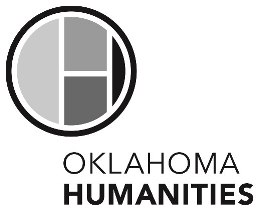
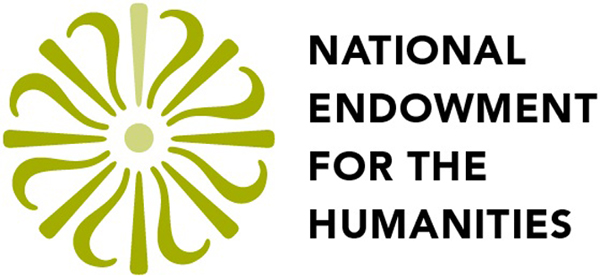
Local partners include Friends of the Stillwater Public Library, Stillwater Community United, OSU’s Division of Institutional Diversity and Office of Multicultural Affairs.

